Honeysuckle Siberian, characteristics of the variety, planting and care rules
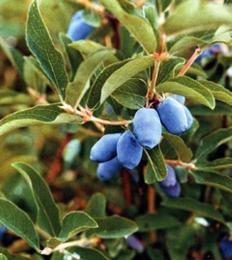
Honeysuckle is a perennial shrub that is definitely worth planting in your garden. This unpretentious, frost-resistant plant is famous for its tasty and healthy fruits that ripen in the spring.
Berries are rich in vitamins and microelements, which are so necessary for the body after a long winter. An excellent representative of its genus is Siberian honeysuckle.
Content:
- Description and advantages of the Sibiryachka variety
- Planting honeysuckle: choosing seedlings and location
- Features of care
- Harvesting, what are the benefits of berries
Description and advantages of the Sibiryachka variety
Honeysuckle The Sibiryachka variety is a medium-sized shrub. Refers to early ripening varieties. Kept as a fruit-bearing and ornamental plant. Thanks to its beautiful crown, the shrub is used for landscaping areas, parks and squares. With its help, multi-tiered topiaries are created.
The crown is medium spreading, hemispherical, the foliage cover is of medium density. The height of the bush is more than 1.5 m. The shoots are slightly pubescent, curved, the lateral branches are directed to the sides. The diameter of the plant is 2-3 m.
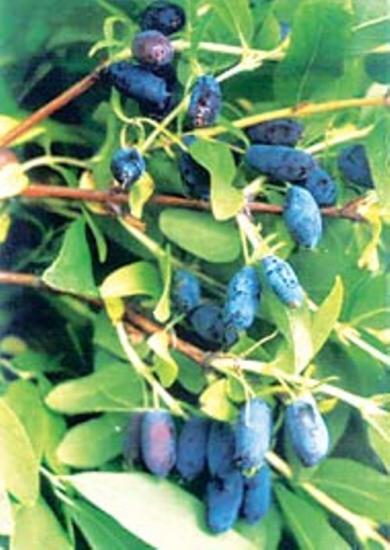
The color of the branches is initially bright green, later turning into brown. The variety is characterized by an anthocyanin stripe on the south side.
The leaves are medium in size, oval in shape, and light green in color. Buds form in April or May and bloom in 7-10 days. Light yellow large flowers are collected in two-flowered inflorescences. Berries weighing 1-1.4 g appear in late May-early June.
The shape of the fruit is elongated, slightly curved. The berries are dark purple in color and covered with a light waxy coating. The aroma emanates pleasant, delicate. The pulp is sweet and sour and very juicy, easily separated from the stone.
The Siberian has many advantages:
- Differs in colossal frost resistance.
- Withstands temperatures down to -40 C.
- Can be grown in northern latitudes.
- Tolerates sudden temperature changes during the flowering period.
The variety is high-yielding. A young bush produces 0.5 kg of fruit per season. An adult plant that has reached the age of 10 years will produce 3.5-3.7 kg of harvest.

Honeysuckle rarely suffers from diseases and pests.
Disadvantages include the thin skin of the fruit, which reduces shelf life and transportability. There is also a slight crumbling, especially in strong drafts.
Planting honeysuckle: choosing seedlings and location
Honeysuckle The Siberian breeds using seeds and cuttings. For amateur gardeners, the second method is preferable. Seed germination and rooting will take too long.
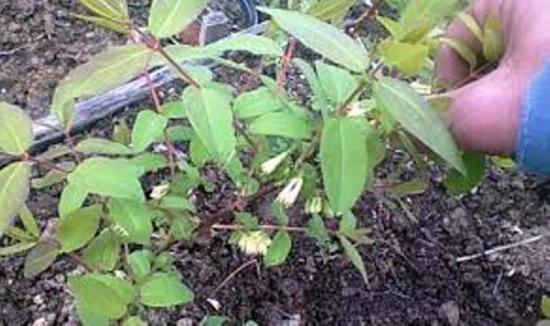
If you want a healthy plant, carefully inspect the seedlings before purchasing.
Please note the following:
- Absence of defects such as elongated branches, dry or excessively long roots.
- Healthy shoots seedling elastic and do not break from slight bending.
- The bark should be smooth, without flaking particles.
- Do not purchase a plant with dark spots on the rhizomes or branches. This indicates a fungal infection.
Choose your planting site carefully, as honeysuckle will grow in one area for 20-40 years. Give preference to loamy soil, in which the tree produces rich harvests.In an acidic environment, fruiting is significantly reduced.
The area should be well lit and protected from sharp drafts. In shaded areas, branches quickly stretch out and buds form weakly.
Planting of seedlings is carried out in the fall. As an exception, honeysuckle is planted in the spring. This should be done no later than the first ten days of April, before flowering begins. Specimens planted in spring take root less well.
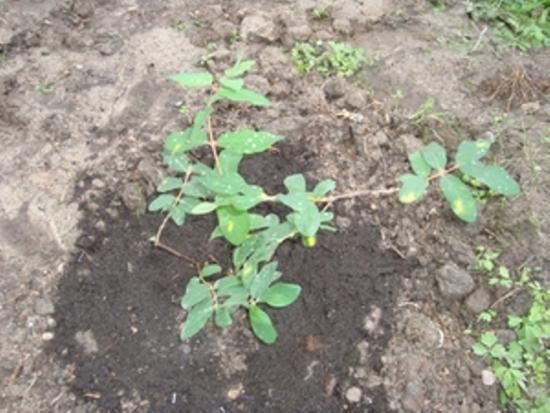
To ensure a good harvest of berries, experts recommend planting several specimens of different varieties. Leave at least 1.5-2 m distance between plants. For the Sibiryachka honeysuckle variety, pollinators are selected with a similar flowering period. Kamchadalka, Narymskaya and Tomichka are well suited.
Features of care
Honeysuckle Siberian, reviews of which indicate that it is unpretentious in care, requires a little effort from the owner.
Watering and spraying
The bush can do without water for a short time. In general, the plant is moisture-loving and requires glaze, especially in hot weather without rain.
Despite its thirst for water, honeysuckle does not grow well in stagnant water in the ground. It is advisable to water after the soil layer has dried to a depth of 30 cm. Honeysuckle responds well to spraying the crown with water. The procedure is especially useful in anticipation of the formation of kidneys.
Feeding
In spring, the shrubs are fed with nitrogen fertilizers. In the fall they switch to products containing phosphorus and potassium.
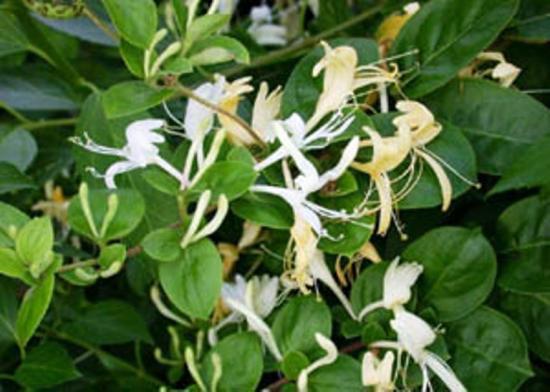
Loosening
The first few years the shrub grows slowly and requires more attention. After each watering, it is necessary to loosen the top layer of soil. It is advisable to mulch the area near the roots with humus or peat.
Trimming
As the bush matures, it needs annual pinching. Starting from 6-7 years of age, anti-aging pruning is added. During the year, dried inflorescences, darkening leaves and dry shoots are removed.
Fruiting of honeysuckle dries up around the age of 20, but can resume after radical rejuvenation. trimmings.
Harvesting, what are the benefits of berries
The main crop ripens in 7-10 days. Collection is carried out in one go. Berries of the Sibiryachka variety do not last long when fresh. Transportability of fruits is low. Therefore, gardeners prefer to make blanks from honeysuckle.
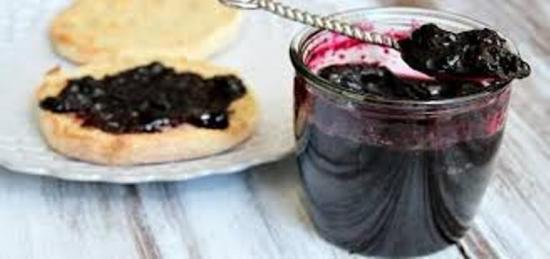
The berries are used to make compotes, preserves, juice, and jam. They are frozen and pureed.
The fruits contain healthy vitamins and minerals:
- vitamin C
- folic acid
- organic acids
- iron
- zinc
- magnesium
Recommended use for the prevention of atherosclerosis and vitamin deficiency. Increases the body's defenses and resistance to viruses and bacteria. Berries are useful for respiratory and intestinal infections.
Great solution to stay at home Honeysuckle Siberian, the description of the variety speaks of its stability and ease of care. The plant feels great in different climatic zones. The shrub is excellent for landscaping areas. The fruits are consumed raw and stored for the winter.
You will learn more about growing honeysuckle by watching the video:


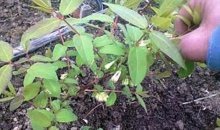


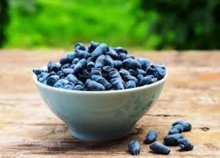

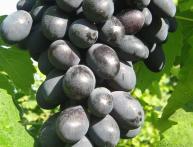
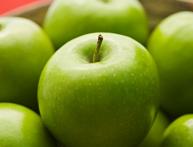
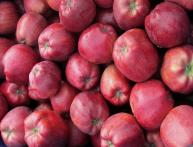
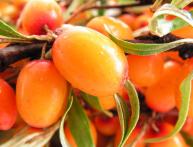
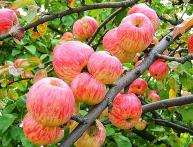
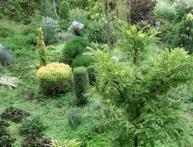

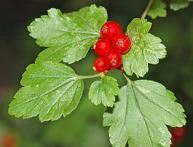
Comments
Siberian honeysuckle grows here. In total, we have three bushes of this beautiful berry. I believe that three different varieties are quite enough for an ordinary summer cottage. The main thing is to plant three different varieties.